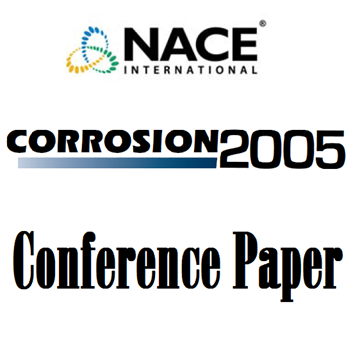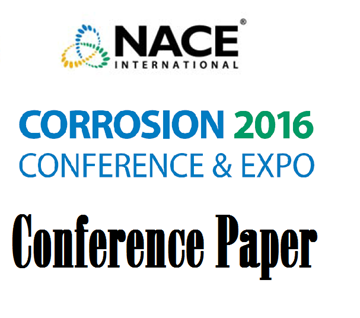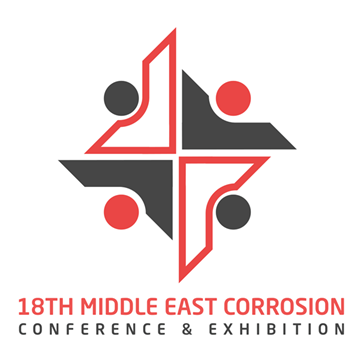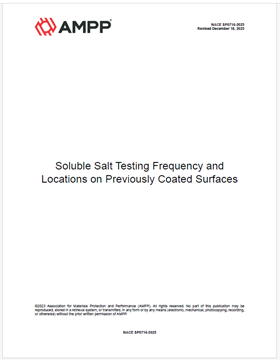Search
Products tagged with 'girth weld'
View as
Sort by
Display
per page
05031 Testing and Selection of Girth Weld Protective Coatings
Product Number:
51300-05031-SG
ISBN:
05031 2005 CP
Publication Date:
2005
$20.00
51316-6970-Development Of Spray-Applied Pipeline Erosion-Protective Epoxy Linings
Product Number:
51316-6970-SG
ISBN:
6970 2016 CP
Publication Date:
2016
$20.00
Failure Investigation of Internal Girth Weld Coating Surface Preparation: A Case Study
Product Number:
MPWT19-14360
Publication Date:
2019
$0.00
Failure of Pipeline Internal Girth Weld Coating Surface Preparation: Investigation and Case Study
Product Number:
MECC23-20165-SG
Publication Date:
2023
$20.00
Improved Girth Welding On Seamless Linepipe For High H2S Partial Pressure Condition
Product Number:
51322-17710-SG
Publication Date:
2022
$20.00
NACE SP0716-2023, Soluble Salt Testing Frequency and Locations on Previously Coated Surfaces
Product Number:
NACE SP0716-2023
Publication Date:
2023
$109.00
Qualification of Seamless X60QOS and X65QOS Line Pipe Grades for Extreme Sour Service Conditions with Partial Pressure of H2S beyond 1 Bar
Product Number:
MPWT19-15127
Publication Date:
2019
$0.00
Qualification of seamless X60QOS and X65QOS linepipe grades for extreme sour service conditions with partial pressure of H2S beyond 1 bar
Product Number:
51320-14585-SG
Publication Date:
2020
$20.00
Selection and Testing of Fusion Bond Epoxy Coating for High Pressure Pipelines with H2S and CO2 Acid Gases
Product Number:
51323-19482-SG
Publication Date:
2023
$20.00









